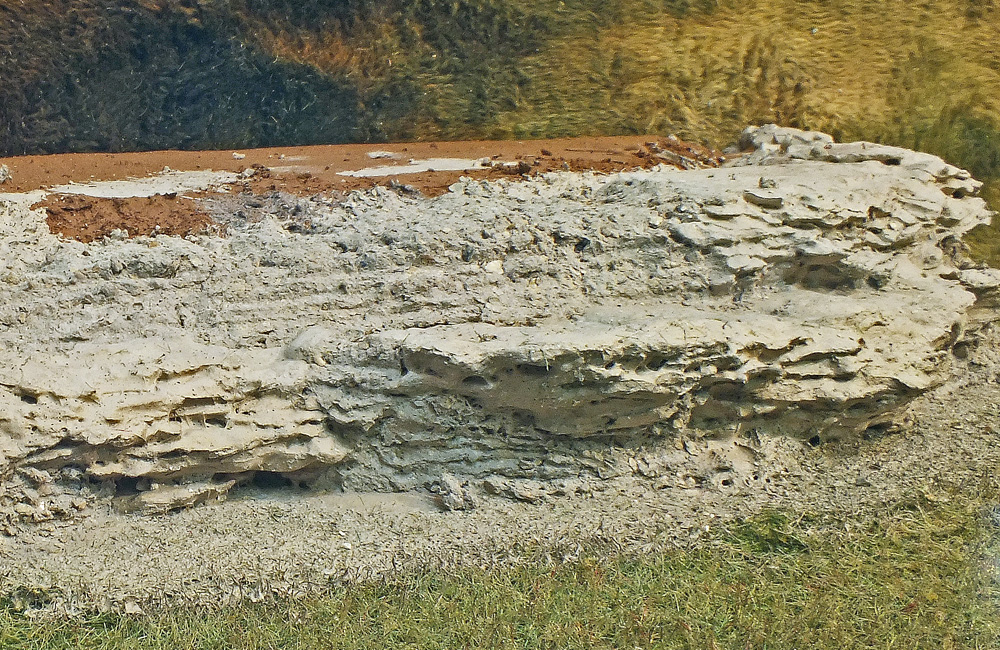
Q: What can I do to make natural scenery products safe for my layout? I’m starting an HO layout in my home and have collected several pieces of tree bark and other plant pieces which I hope to incorporate into the scenery on that layout. I’ve kept these items in a closed dark plastic garbage bag for some time now. Even so, I’m still concerned I could be bringing potentially destructive insects into my home. — Joe Grdinich, Center Conway, N.H.
A: The best way to make natural scenery materials safe for your layout — whether you’re talking about tree bark, plant stems, twigs, leaves, or dirt and sand — is to bake it in the oven. Since dried plant matter is potentially flammable, you’ll want to bake it at a low temperature, well below the ignition point of wood. I suggest around 250° F. This is enough to kill any bugs, eggs, or germs in the material, without risking an oven fire. But since this temperature is still rather low as ovens go, bake the material for an hour or so to make sure the heat penetrates all the way through the material, especially if you’re dealing with thicker items that are likely to have critters living inside them, like chunks of tree bark.
When you take your material out of the oven, let it cool for a good while, especially sand and dirt, which can hold heat for a long time. What you do with it next depends on what the material is.
For tree bark, which makes for nifty rock strata (see Roger Nulty’s article in our June 2017 issue and this article on our website), brush any dried dirt, moss, lichen, and mold off the surface with a stiff paintbrush. Then you can spray-paint it a base rock color, like primer gray, to make sure the color gets in all the crevices. Once that’s dry, glue it in place on the layout and brush-paint it to match your surrounding scenery. Thinned earth-tone color washes, an alcohol-based india ink wash to bring out the shadows, and a drybrushing of light gray or white on the highlights should result in a realistic outcropping.
For thinner plant material like sedum, sagebrush, or other shrub or tree armatures, baking in the oven will make them quite dry, brittle, and fragile. To keep them from snapping, soak the dried armatures in thinned white glue or matte medium. Let the matte medium soak overnight so it penetrates the material, then let it dry thoroughly hanging upside-down from a clothesline in the basement or garage. This will give the plant material enough resilience to withstand being painted, having foliage added, and being planted on the layout.
Real dirt is probably easiest to use. After baking and cooling, sift it through a series of increasingly fine colanders, sieves, sifters, window screen, and nylon stockings to remove debris and separate the material into different grades from gravel to dust. Put each grade of material into leftover shaker-top bottles, like those that herbs, spices, and dried Parmesan cheese come in. Finer material should go in jars with smaller holes in the top to better control the flow. Then when you’re next modeling a farm field, dirt road, gravel pit, riverbed, or rockslide, just pick the right grade bottle and shake, shake, shake.
Send us your questions
Have a question about modeling, operation, or prototype railroads? Send it to Senior Associate Editor Steven Otte at Steven.Otte@Firecrown.com. Be sure to put “Ask MR” in the subject.













